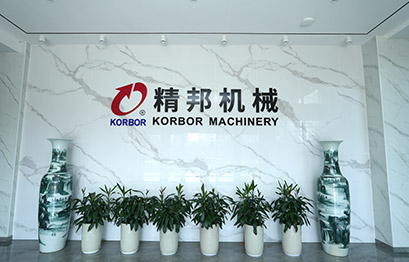In the production process of DAIHATSU automobiles, what specific numerical standards are required for the machining accuracy of camshafts?
The relevant content of Anhui KORBOR Machinery Co., Ltd. does not mention the specific numerical standards for the machining accuracy of camshafts in the production process of DAIHATSU automobiles, but generally speaking, the machining accuracy of DAIHATSU automobile camshafts has the following common standards:
Dimensional accuracy
Diameter tolerance: The diameter tolerance of the camshaft journal is usually controlled between ±0.02mm and ±0.05mm. To ensure that the clearance with the bearing is within a reasonable range, for example, if the clearance is too large, it will cause the oil pressure to drop, affect the lubrication effect, and increase wear; if the clearance is too small, it may cause the camshaft to stagnate, or even damage the journal and bearing.
Cam profile dimension tolerance: The dimensional tolerances of the cam's lift, base circle diameter, etc. are generally between ±0.05mm and ±0.1mm. Because the cam profile size directly affects the opening and closing time and lift size of the valve, if the accuracy is not up to standard, the engine's valve timing will be inaccurate, affecting the engine's power output and fuel economy.
Shape accuracy
Cylindricity: The cylindricality error of the camshaft journal and cam is usually required to be controlled within 0.005mm to 0.01mm. Cylindricity that does not meet the standard will cause uneven contact between the camshaft and the bearing or valve tappet, accelerate wear, and reduce the service life of the camshaft and related components.
Straightness: The straightness error of the entire camshaft is generally required to be no more than 0.01mm to 0.02mm per 100mm length, and the full-length straightness error is no more than 0.05mm to 0.1mm. If the straightness deviation is too large, the camshaft will generate additional bending moment and vibration during operation, which will not only affect the normal operation of the engine, but may also cause fatigue fracture of the camshaft.
Position accuracy
Cam phase angle tolerance: The phase angle tolerance between cams is usually controlled at ±1° to ±2°. The accuracy of the phase angle is directly related to the valve timing of each cylinder of the engine. If the phase angle deviation is too large, the intake and exhaust time of each cylinder will be disordered, resulting in problems such as reduced engine power, increased vibration, and worsening emissions.
Position accuracy of keyway or positioning surface: The position tolerance of the keyway or positioning surface relative to the camshaft axis is generally ±0.05mm to ±0.1mm. This is to ensure the accurate installation position of the camshaft and components such as timing gears and sprockets, and to ensure the timing accuracy of the entire valve system.

 English
English 中文简体
中文简体 русский
русский Español
Español










